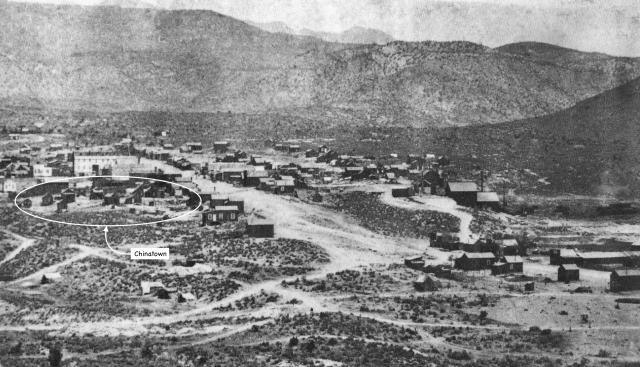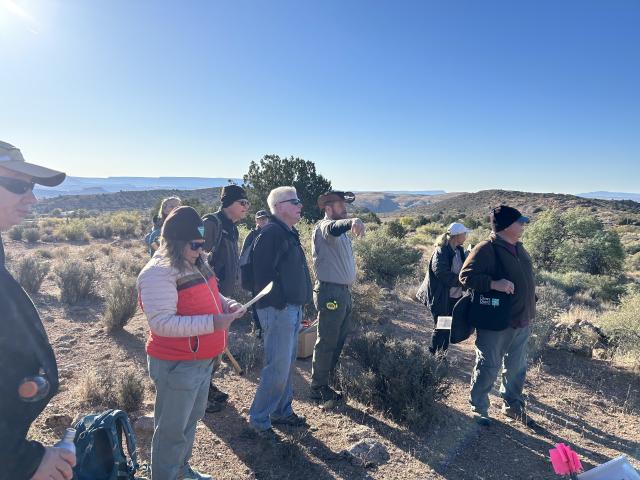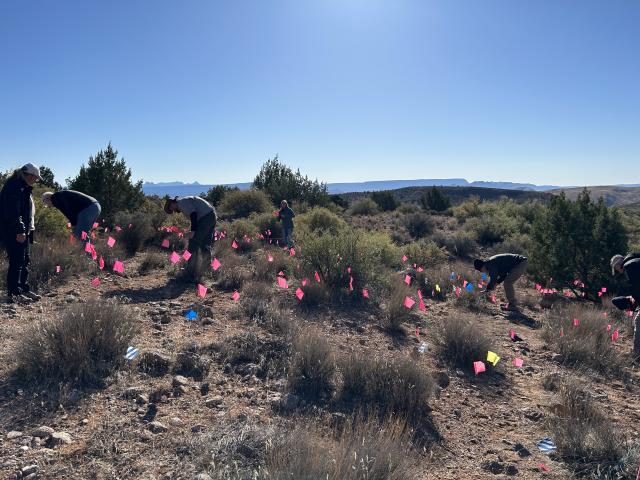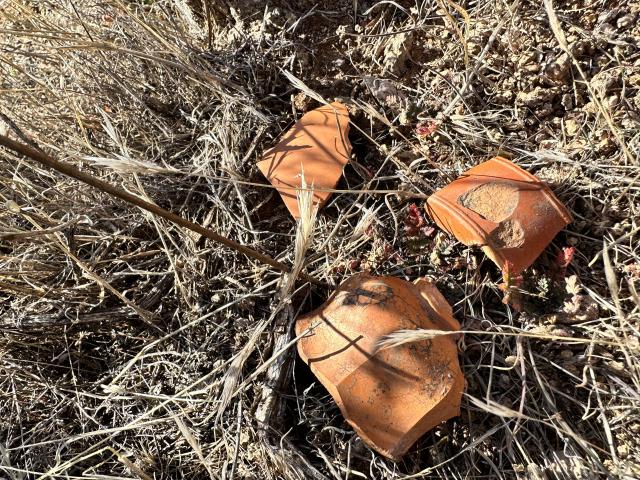Related Stories
- Popular posts: BLM's most viewed blogs of 2025
- Using science to uncover mysteries of the Mesa archaeological site in Alaska
- Agua Fria National Monument: A desert oasis with a rich history and a vital present
- Building for birds: Scouts support public lands
- BLM dispersed camping rules enforced through local action and Tooele County partnership
Office
440 West 200 South, Ste. 500
Salt Lake City, UT 84101
United States




